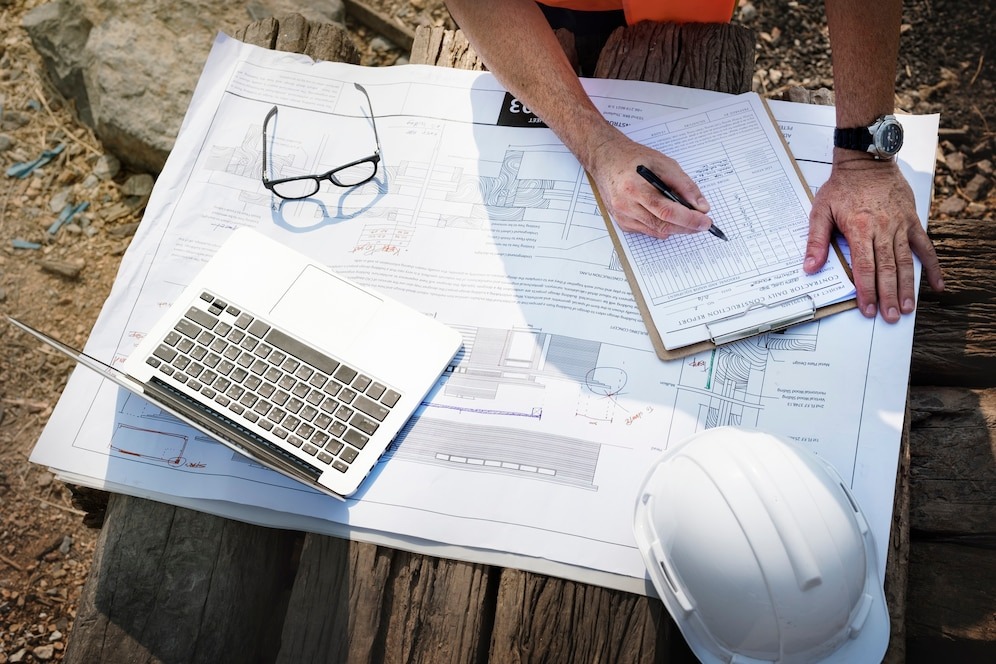Importance of Site Survey for Successful Project Planning
A site survey is a crucial project planning stage and vital for construction, telecommunications, and infrastructure projects. This requires an in-depth, spectacular assessment of a particular area to obtain essential information regarding environmental conditions, geographical characteristics, and site-specific limits. It helps make informed decisions, allocate resources, assess risks, and forecast potential problems before executing the project. Conducting site surveys prevents changes that can cause thousands of delays, ensuring projects are completed on schedule and within budget. In this article, we will cover why site surveys are essential, their components, and how they play a vital role in the success of various projects.
The Role of Site Surveys in Project Planning
The foundation for better planning and execution for any project is a site survey, a real game changer if conducted in the project’s early days. It gives you a well-rounded understanding of a location’s physical, environmental, and logistical components, its topography, infrastructure already in place, climate conditions, and how easy it is to reach. Understanding this crucial data is key to enabling sound decisions, efficient design, proper resource allocation, and meeting regulatory standards. The foremost advantages of a site survey are recognising the roadblocks early on and preventing them from developing into serious problems. Conducting early-stage site assessments enables project managers to identify hurdles ahead of time, allowing them to mitigate risks, prevent costly schedule dimensions, and improve overall project delivery.
Key Components of a Site Survey
The complete site survey includes the following key elements:
1. Physical Assessment
This includes assessing the site’s topology, soil conditions, existing structures, and utility infrastructure. Knowing these physical properties aids the construction of foundations, drainage systems, etc.
2. Environmental Analysis
Climate, vegetation, and wildlife are all environmental variables whose impact on a project can be profound. These elements are recognised through a site survey that ensures sustainable practices and compliance with environmental regulations.
3. Infrastructure Evaluation
Gathering data on existing infrastructure, including roads, power lines, and water supply, is essential to planning connections and utilities. This assessment aids in ascertaining the practicality of the project and the required enhancements.
4. Safety and Risk Assessment
The most important thing is identifying potential hazards (e.g., flood zones, seismic activity, or contamination) that may pose a risk to workers or future occupants. Risk assessment in detail leads to the implementation of necessary safety precautions.
The Process of Conducting a Site Survey
Here is a step-by-step guide to performing a site survey to collect accurate and relevant data:
Step 1: Pre-Survey Research
Project teams do some scoping before visiting the site, poring over maps, satellite images, and historical data to understand the area’s context. This exploratory study enables preparation for prioritising what to cover during the site visit.
Step 2: On-Site Inspection
Surveyors employed at the site visit use specialised equipment to calculate distances, elevations and other physical attributes. They also record environmental conditions and current infrastructure.
Step 3: Data Analysis and Reporting
When data have been gathered, the survey team processes them and produces detailed reports, maps, and recommendations. Plans, technical specifications, and drawings are all critical for project planning, design, and decision-making.
Importance of Site Surveys Across Industries
Site surveys extend far beyond construction yet are critical to many different industries:
Construction Industry
For example, a site survey helps ensure accurate measurements for building layouts, foundation planning, and structural integrity. It also helps to avoid costly mistakes in design and construction.
Telecommunications
Site surveys are conducted for telecommunications projects to assess the best positioning of towers, antennas, and other equipment. These devices provide good signal coverage and less interference.
Renewable Energy
Site assessments evaluate sunlight availability, wind currents, and land topography to optimise energy generation for renewable energy initiatives, including solar and wind farms.
Transportation and Infrastructure
Land survey and subsurface surveying (previously known as geological survey). Typically, all infrastructure-related projects involve site surveys, including roads, bridges, and railways. They will depend on the land and subsurface survey to gather information about the ground conditions associated with the planning and routing of infrastructure projects while ensuring their safety and efficiency.
The Connection Between Site Surveys and Land Survey
A land survey is often conducted along with a site survey, and both focus on the project’s needs, although a site survey is on a more limited scale. Land surveys are determined measurements that show the accuracy of property boundaries, legal descriptions, and land features. These surveys are critical for effective project planning and help ensure the designs meet legal and physical limitations.
The Impact of Technology on Site Surveys
Rapid technological advancements have paved the way for conducting site surveys more accurately and efficiently. Techniques like drones, global positioning systems, 3D scanning, and geographic information systems (GIS) enable surveyors to gather detailed information efficiently and safely. These technologies improve data visualisation, allowing for an intuitive understanding of conditions operable by project stakeholders and enabling informed decision-making.
Conclusion
To sum it up, a site survey is essential to project planning. It’s accessible data that ensures informed decision-making, which mitigates risk and supports success. Whether site surveys are for construction, telecommunications, or other forms of infrastructure development, these surveys provide a vital groundwork for the potential efficient and effective project execution. Professional site surveys offer tremendous benefits, improving project outcomes, safety and sustainability in the long run. Realising a decent site survey for a civil engineering project is instrumental in devising a competent, credible approach and generating composite constructive outcomes.
